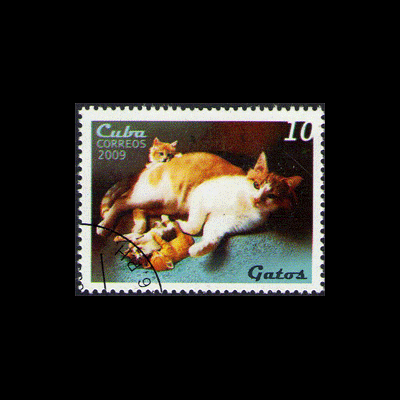Grooming and control of fleas in cats
Comparison of grooming behaviour and flea infestation of cats with and without Elizabethan collars
source: Robert A. Eckstein, Benjamin L. Hart
Applied Animal Behaviour Science 68 (2000)
starts p141, 10 pages long
Two experiments have been carried out on cats to assess the importance of oral grooming as a method of flea control. In the first experiment, eighteen long-haired cats were studied in a household plagued by fleas. Nine cats wore Elizabethan collars which did not allow them to groom effectively. These cats were compared with nine control cats, with flea samples taken once a week. After three weeks, the cats with Elizabethan collars were found to have more fleas than the control cats. In the second experiment, cats were videotaped in a flea-infested household, and their behaviour was compared with cats in a flea-free location. The cats in the flea-infested household spent more time grooming. These two experiments show that cats may groom more when there are fleas in their environment, and that grooming is a method for cats to remove fleas.
Cats have cornified spines on their tongues, which can help to remove ectoparasites like fleas. Cats also use scratch grooming techniques to reach their heads and necks. Fleas removed from cats by grooming apparently do not survive longer than one or two days. Grooming may, thus, reduce numbers of fleas in the household, and there was a reduction in adult flea numbers in the environment where the control group lived. This drop in numbers of fleas in the environment may help explain why the control group had fewer fleas than the cats wearing collars. Though oral grooming brings a benefit in terms of effective flea reduction, one problem that can arise when cats remove fleas by oral grooming is that fleas can infect cats with tapeworms.
The cats in the flea-infested household in the second experiment, tended to groom more frequently rather than for longer periods. Increased frequency of grooming bouts may mean that the cats' central timing mechanism was accelerated by flea saliva. This fits in with a view of grooming as pre-programmed, rather than stimulus-driven, since longer periods of grooming would be expected with a stimulus-driven model of grooming.
CA,HD


